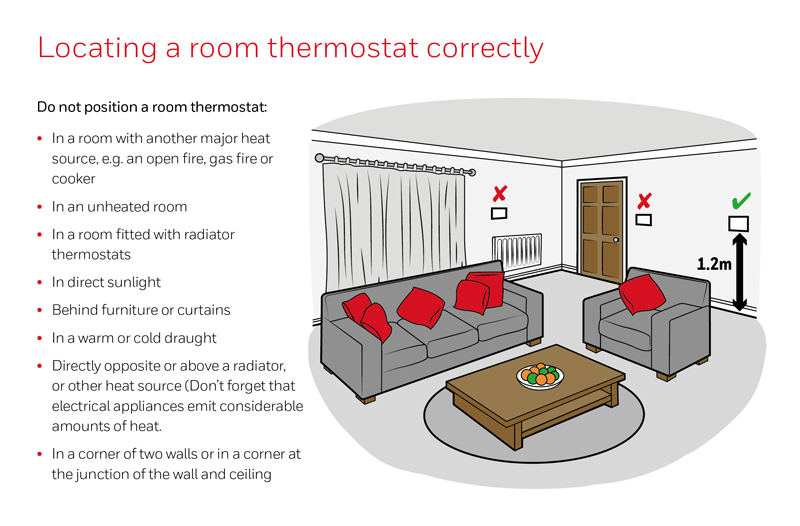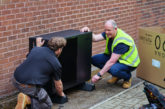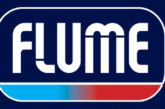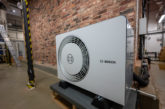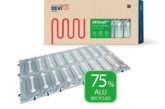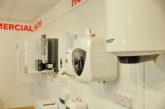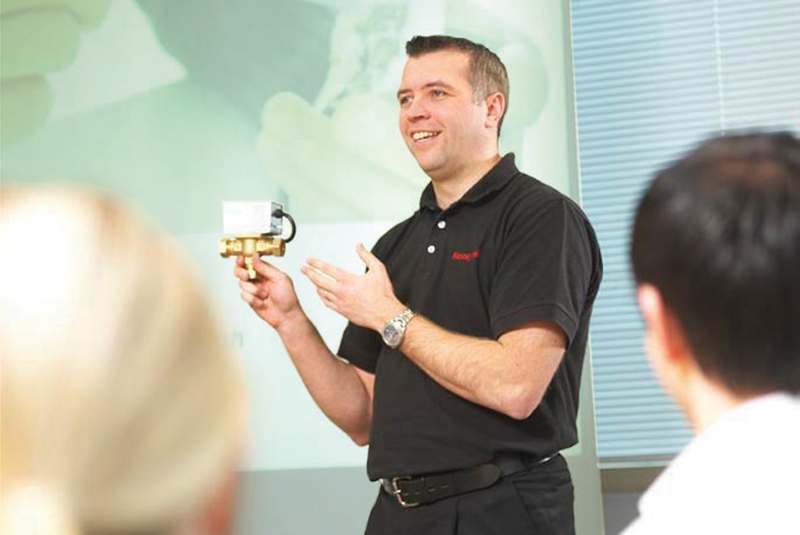
Resideo’s technical support team advises hundreds of homeowners and installers each day on everything from specifying the right Honeywell Home control, to installation best practice and fault finding. Andy Mansfield, Marketing Communications Manager, caught up with the team to find out some of the most frequently asked questions.
Where’s the best place to position a room thermostat?
The performance of all room thermostats is affected by the air flow measured around them. If it is poorly located, the air flow will not be representative of the rest of the room, and the temperature control will be adversely affected.
Avoid placing thermostats in a room with another major heat source such as an open fire, gas fire or cooker. Also make sure it isn’t fitted in an unheated room, in direct sunlight, or behind furniture or curtains. Don’t forget that electrical appliances can emit heat, so avoid fitting thermostats near TVs, for example. It is recommended that room thermostats are located in the heated area (zone) requiring control where it has a free flow of air around it on a wall at a height of about 1.2m.
For wireless thermostats, we recommend testing the signal strength prior to commencing any work to identify the best place to site the device. The room thermostat can be mounted on a wall or on the optional table stand, but the preferred height from the floor is at least 1.2m and it should not be mounted on a metal wall box. Ideally, there should also be a 30cm distance from any metal objects and at least 1m from any other piece of electrical equipment.
How does TPI (Time Proportional & Integral) work?
TPI enables the ‘smart’ firing of the boiler just long enough to achieve the set temperature and no longer, increasing energy efficiency in the process.
A TPI room thermostat works by continuously measuring the room temperature and calculating a difference between measured and target temperature. When the difference is greater than 1.5°C (known as outside proportional band) it fires the boiler continuously.
When the room temperature gets within 1.5°C of the set point you have chosen on the room thermostat, the TPI software in the thermostat comes into action. It performs a series of calculations where it determines how long the boiler needs to be fired to reach and maintain the set temperature. The calculation is based on the previously learnt characteristics of the room in which the controller is placed and the current measured temperature.
What is ‘Optimisation’?
Most UK heating systems waste energy by firing unnecessarily early for most of the year. Homeowners set the times based on when they wake up, but then make a guess about when the boiler should fire. So, if you want to be warm at 7.30am, you may set your timer to come on at 6am. Yet, the time taken for your home to warm up varies considerably throughout the heating season.
Optimisation allows for energy savings, by varying the start-up time of the boiler, depending on the weather. It then learns how the house reacts, so that the calculation can be more accurate the next day. Optimum Start, Delayed Start and Optimum Stop are all methods of Optimisation.
Can I wirelessly control a domestic hot water system that includes an unvented cylinder?
Unvented cylinders rely on mains pressure to supply a balanced flow of hot water for showers and mixers. Previously, the only way to measure the hot water temperature was through an insertion sensor as part of an aquastat that is hardwired into the hot water time switch or two channel programmer. However, Resideo has an insertion sensor that can be wired into their wireless cylinder thermostat, offering the ability to install a wireless system and control the hot water temperature with a wireless time switch or two channel programmer.
Please note that these products must be installed along with the existing wired aquastat (that comes supplied with the cylinder). The wired aquastat needs to be retained to give high limit safety protection.
The insertion sensor can be installed alongside an RF2 pack for time and temperature control of room temperature and domestic hot water, or linked to an evohome zoning control system for additional, smart benefits.
Guest question
Lee Fisher asks: Has Resideo done any research as to how its current controls affect gas bills in existing housing stock?
We were involved in research commissioned by BEAMA, conducted at the University of Salford’s Energy House, which demonstrated that installing a TPI thermostat with a conventional heating system allows the boiler to stay in condensing mode for longer. Using such a thermostat, together with thermostatic radiator valves (TRVs), was shown to provide a 53% saving in energy costs; a further 13% reduction compared to a more conventional room thermostat.
heatingcontrols.honeywellhome.com/contact/
